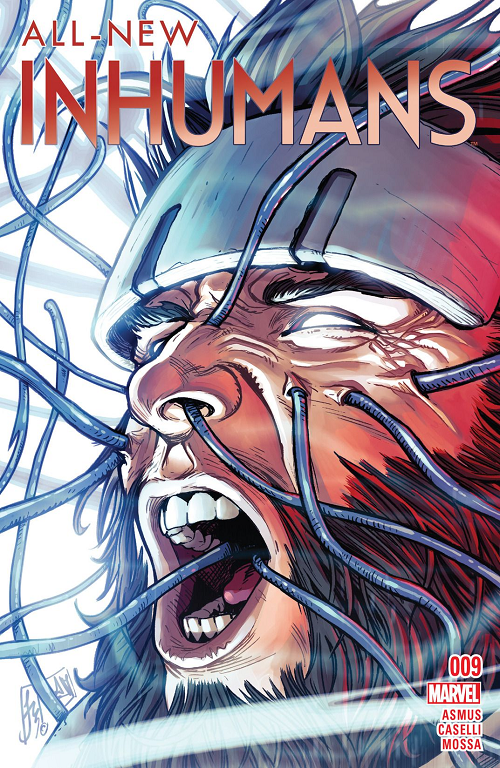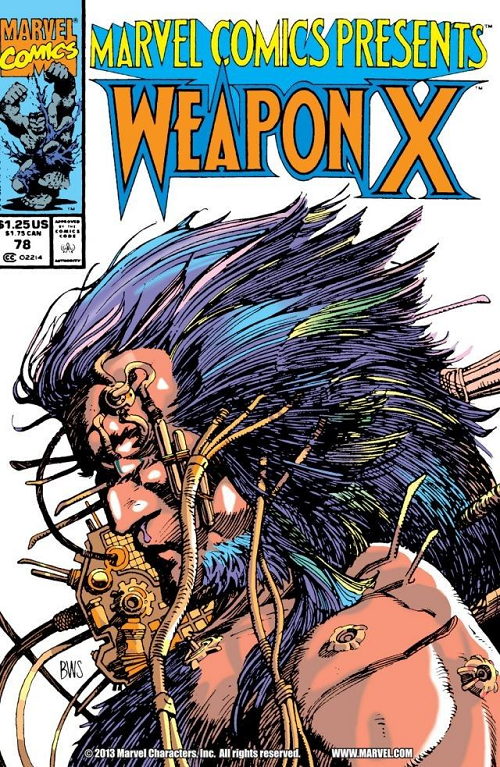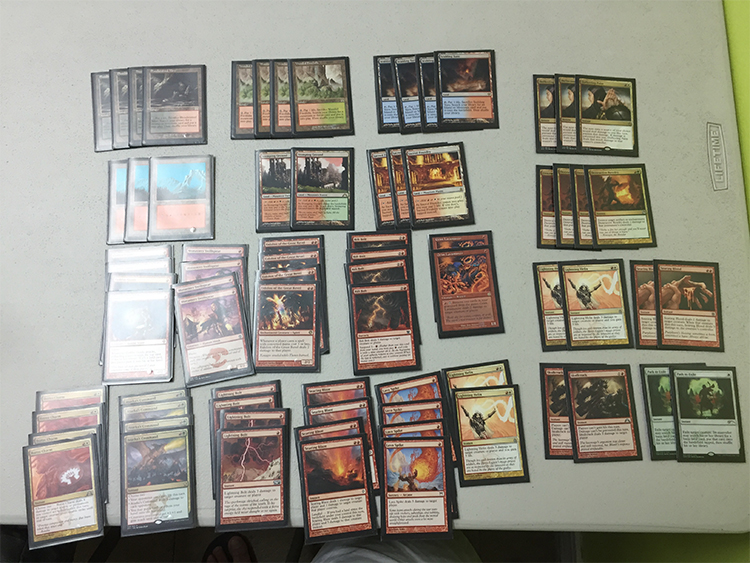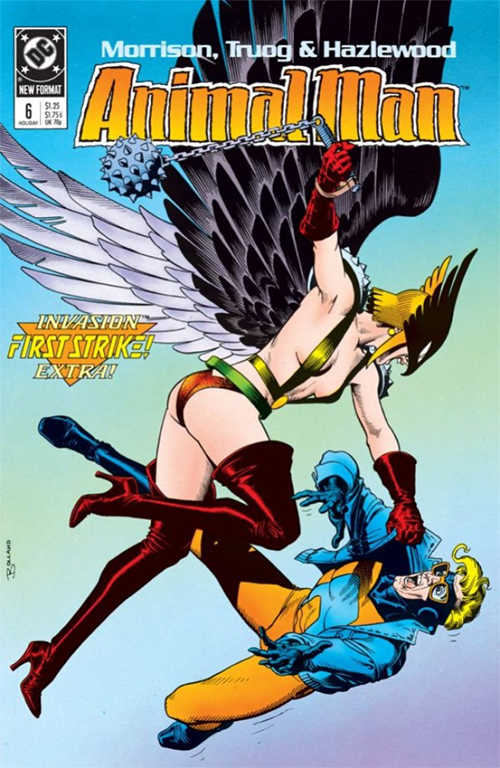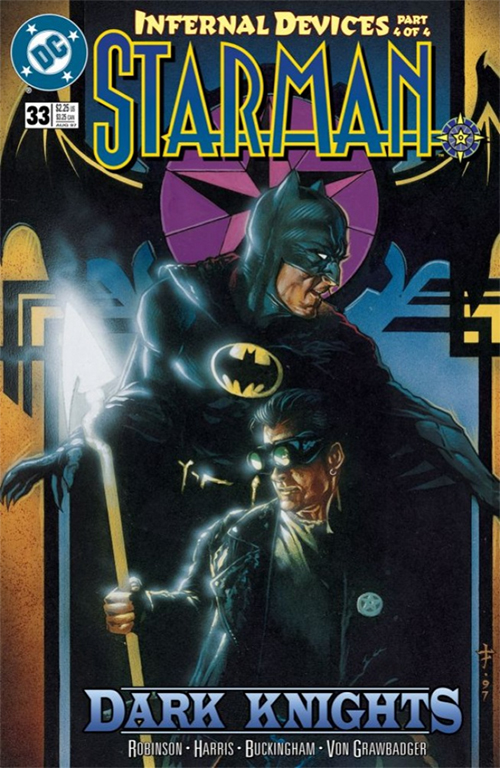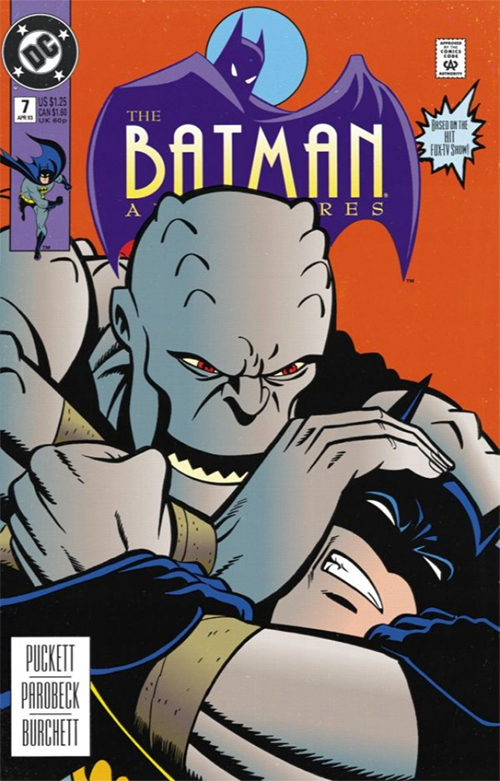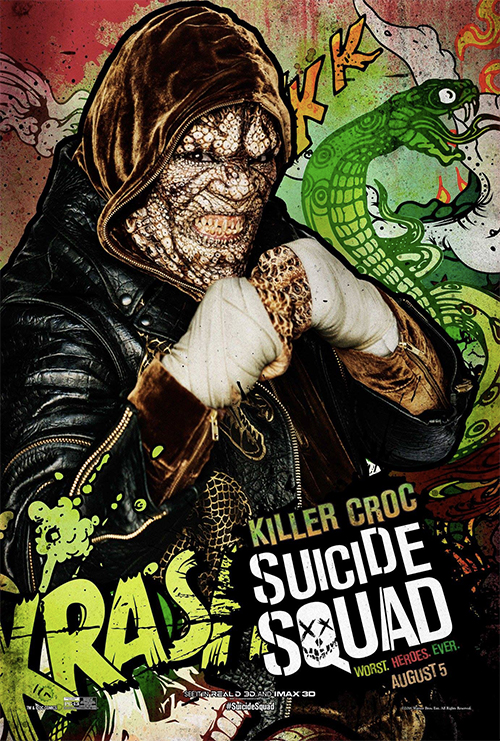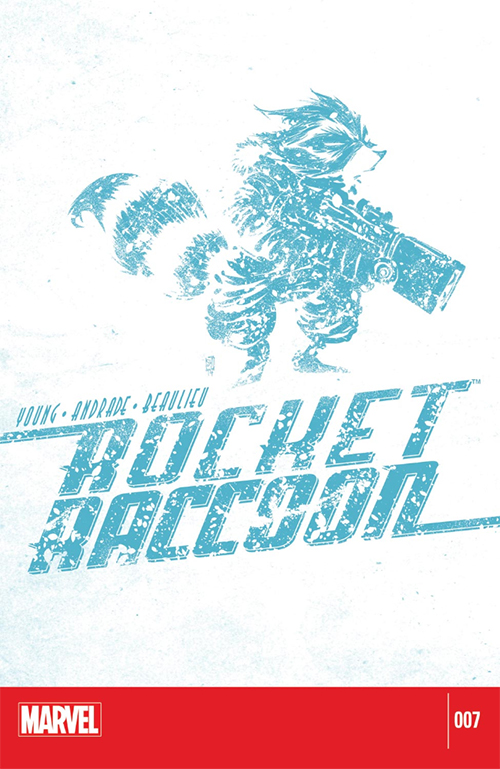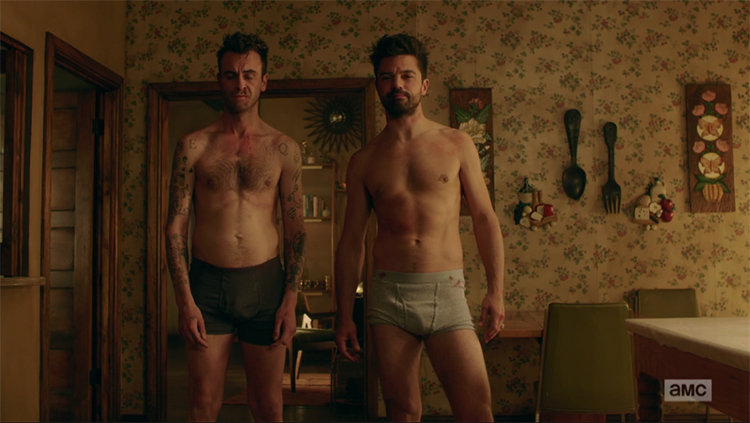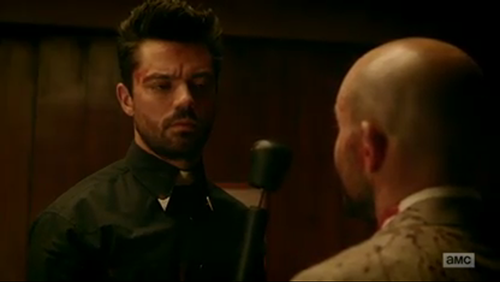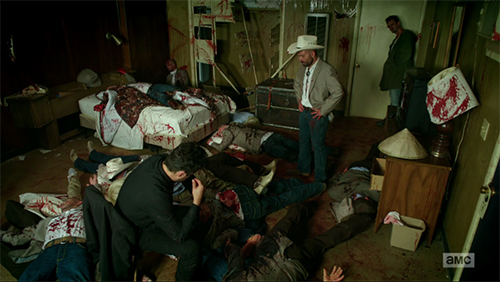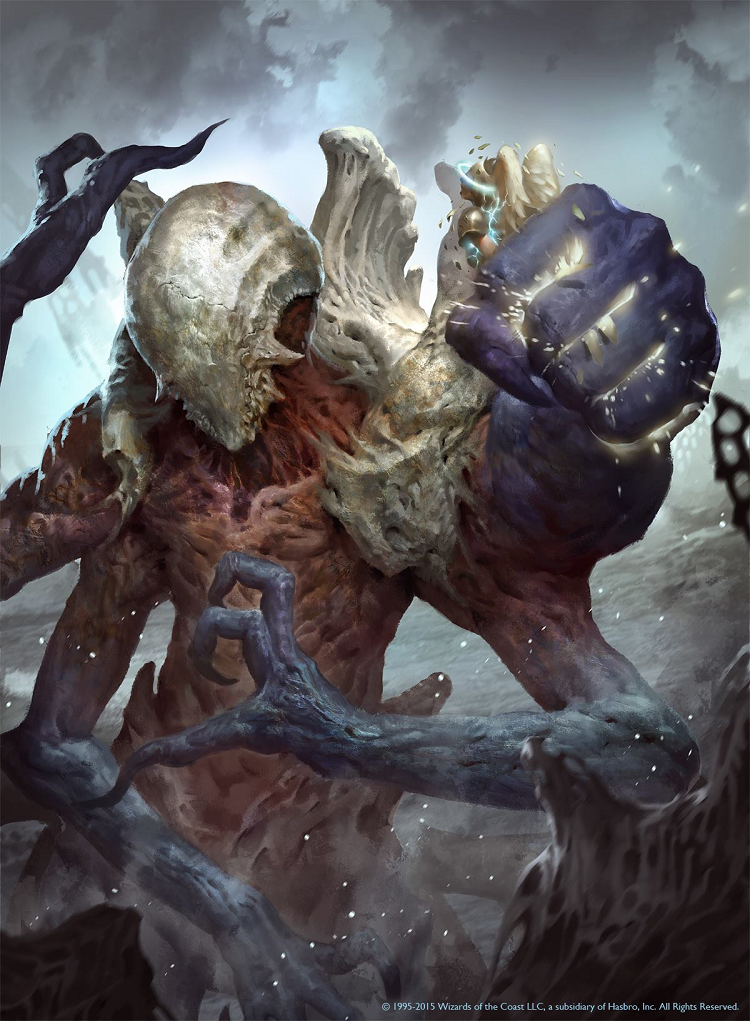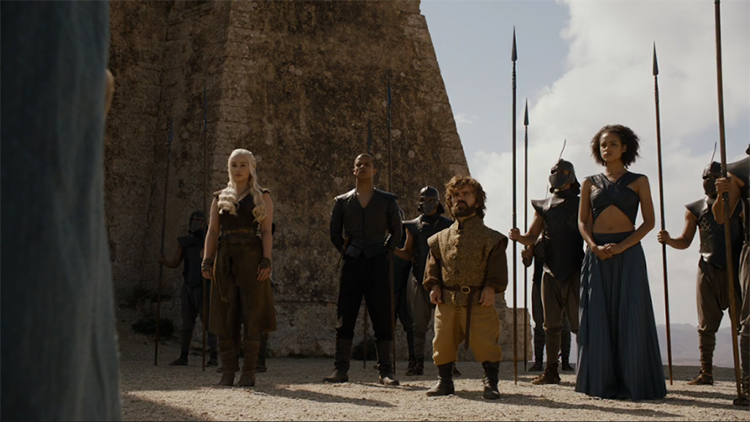
Posted by Michael Flores |
TV
[For Game of Thrones “Battle of the Bastards” or any other recaps on Fetchland, assume the presence of possible spoilers.]
HBO Summary:
Battle of the Bastards. Latest episode of the hit series.
Did you read BDM’s recap of “No One” from last week? I loved it and decided to steal the format for the extended epic battle that was “Battle of the Bastards.” In that vein…
My Top 8 Favorite quotes from “Battle of the Bastards”:
I.
“Thank you for the armada; our queen does love ships.”
-Tyrion
When we left Meereen last week it was under nautical siege by the combined Masters of the other Slaver’s Bay cities. Grey Worm dictated that our heroes hole up in the Great Pyramid (the only place he and his Unsullied could reasonably defend)… And then mommy came home.
The Mother of Dragons appeared and all of a sudden there was hope for the lone “Free City” of Slaver’s Bay.
Tyrion asks Dany what her plan is, and she has one:
I will crucify the masters. I will set their fleets afire, kill every one of their soldiers, and return their cities to the dirt. That is my plan.
Tyrion, who Dany keeps around for his wisdom, cautions her against the kind of behavior we might more closely associate with her father; he presents a different strategy. Dany’s court at Meereen parlays with the assembled Masters, who think she is there to discuss terms of her surrender… When in fact it is to be theirs.
Dany sends her dragons — led by a now-enormous Drogon — against the Masters’ armada. Personally, I thought they were going to burn the whole thing into Slaver’s Bay, but they just really, really incinerated one of the ships; prompting Tyrion’s quote. So while Dany lost her ships a few episodes ago, she ended up way, way up on ships by the end of “Battle of the Bastards”.
II.
“You’re going to die tomorrow Lord Bolton. Sleep well.”
-Sansa
Don’t forget that Sansa might call herself a Stark now, but she is a Bolton by marriage (and was previously a Lannister, also by marriage). And you know what they say about Lannisters and debts…
III.
“Did you really think that cunt would fight you man to man?”
-Tormund
Prior to the Second Battle of Winterfell (the eponymous “Battle of the Bastards”, as Jon and Ramsay are both Snows) there is a parlay. Jon suggests that they can save a lot of bloodshed if Ramsay just fights him man to man. Ramsay, of course knowing Jon’s reputation as a master swordsman, declines; he has an army twice the size of the assembled Stark forces.
Jon gets a mental game jab in — a kind of “you have the numbers but how hard will your men fight for you when they find out you wouldn’t fight for them” … But hey, math.
IV.
“Rickon is Ned Stark’s true born son, which makes him a greater threat to Ramsay than you, a bastard, or me, a girl.”
-Sansa
Right before Northmen, Wildlings, and Giants start swinging, Ramsay trots out young Rickon Stark. Remember, the heroes don’t necessarily know that Bran is still alive. To the best of their knowledge Rickon is likely the legitimate Warden of the North.
When Ramsay starts making threats about Rickon, Sansa immediately ends the parlay. As Ned’s trueborn son, Rickon is a clear and present threat to Ramsay’s claim on Winterfell. Jon and Sansa might have had a hard time rallying the houses of the North, but Jon is a bastard and Sansa isn’t just a girl — and girl she is — but twice married to her house’s greatest enemies… Lannister and traitorous Bolton. Rickon might be another story.
Ramsay sets Rickon free but tells him to run; run to his brother and the assembled loyal houses. Before he can get to Jon, Ramsay puts an arrow in Rickon’s back. It’s a devastating end to a Stark boy we haven’t seen for several seasons. It also puts Jon on complete tilt, and the charges six thousand men alone, losing even his horse to a Bolton arrow.
V.
“Our fathers were evil men.”
-Dany
If the Masters’ armada weren’t enough, Dany gets even more ships in “Battle of the Bastards”. Yara and Theon arrive in Meereen with the one hundred best ships of the Ironborn navy, offering them to Dany. They will help transport Dany’s enormous army of Dothraki Bloodriders, Unsullied, and Second Sons to Westeros… and for a less steep price than Uncle Euron would.
Yara and Theon will support Dany’s claim to the Seven Kingdoms, but in return would like the return of the Iron Islands (which it looks like she will oblige, despite Tyrion’s caution that “everyone” might start asking for sovereignty). They would also like Dany to help them murder “an uncle or two; who doesn’t think a woman is fit for the throne.”
Dany and Yara have a short moment; after all, Yara is “up for anything”.
But Dany’s price is steep: The Ironborn will cease reaving and raping, essentially giving up their entire way of life. Yara agrees.
All four of them — Dany, Tyrion, Yara, and Theon — had evil fathers. Tywin was a cruel, cruel man who tortured Tyrion; both the Greyjoy children and Dany had awful kings for dads, megalomaniacs or madmen. Rather than leave the world in a worse place, Dany pledges they will use their assembled power to improve it.
VI.
“We’ll just kill our own men! Stand down.”
-Davos
So horses are smashing into each other. Jon Snow is alone in the center of the battlefield, ready to start swinging his Valyrian Steel sword. Bodies are colliding, both human and equine; there is violence and velocity in every direction, with mud flying and bodies piling up. Ramsay, with superior numbers, just has his archers launching at the scrum of bodies. Who knows who will be hitting what? Davos, from the other side of the field, realizes his men will not be able to aim particularly well, and is much more pragmatic.
VII.
“Your words will disappear, your house will disappear, your name will disappear; all memory of you will disappear.”
-Sansa-Davos
The Knights of the Vale charge in, essentially worldlessly. We just get an overhead shot of their cavalry effortlessly destroying the Bolton shield wall, Sansa next to Littlefinger.
Ramsay — his army eradicated — retreats to Winterfell, but is pursued by Jon, Tormund, and Wun Wun. Wun Wun gives his life bashing down Winterfell’s front door, finally dying to an arrow in the eye by Ramsay himself. But it’s all over. Jon beats Ramsay unconscious with his fists, and leaves little sister to a last conversation with her doomed husband.
Sansa makes a point throughout that to Jon, Ramsay is just a man, and nowhere near as dangerous an opponent as he has faced in the Night King and his wights. But to her Ramsay was so much more… and none of it good. You have to wonder, though, what the motivation of a man like him is. He’s already Warden of the North; he’s got Winterfell; he had — at various times — “the girl” and the heir to the Salt Throne under his power. Why destroy everyone?
Sansa correctly identified that Ramsay is primarily motivated by a sense of significance. He plays with his food. To him, the thing is never just the thing. Sansa’s words are horrifying to a nobleman. He will not only die, but everything about him — including the name he murdered into — will disappear. He threatens that Sansa will never forget him — can’t ever forget him — but it really looks like he’s going to be proven wrong.
VIII.
“My hounds will never harm me.”
-Ramsay
Famous.
Last.
Words.
LOVE
MIKE
